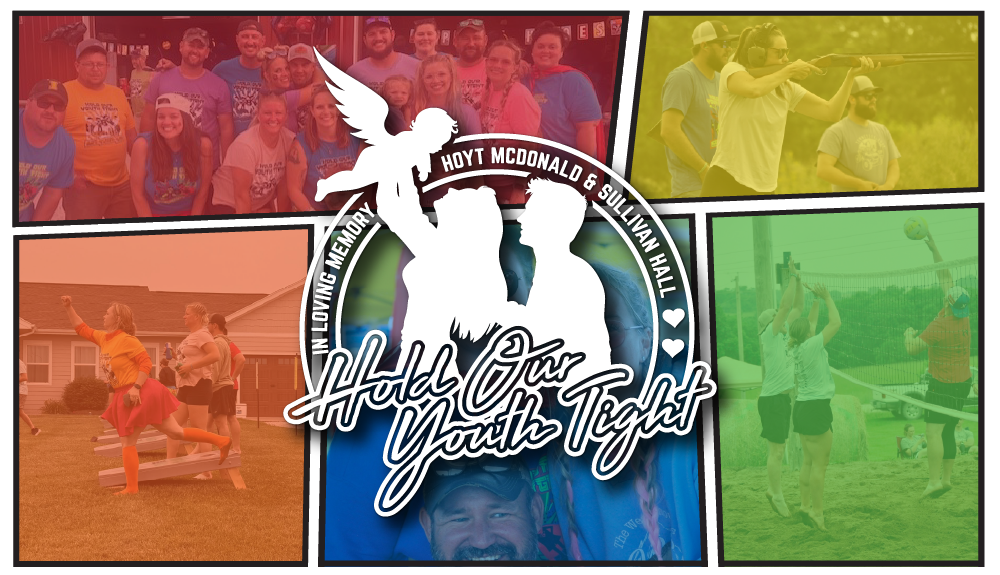What Journalism Taught Me About The Web
When I graduated from the University of Iowa in 2010, I left with degrees in both Studio Art and Journalism.
The state of the news industry was not very good at that time.
It was reported that 166 newspapers in the US closed that year. Advertising revenue was plummeting. And while online content was booming, a Harris poll revealed that more than 75-percent of Americans said they would not be willing to pay for online content.
Pretty gloomy stuff for a bright-eyed graduate.
But journalism actually turned into a pretty versatile major when it came time to apply my education in the real world. In fact, there are several other Visionary employees who graduated from college with some sort of communications degree.
Here are a few things I learned in school that actually translate pretty well to the web now that I've switch career paths:
1. Writing for the web.
This should actually be reworded to read writing for people. Scrap the flowery language. Write how you talk, as if you're having a conversation with someone. And keep things short and sweet.
A block of text is intimidating, so paragraphs are best kept to one or two sentences. Indent each new paragraph or use a space between paragraphs to make your copy easy to scan.
A reader may still be faced with 1,500 words, but if you can make it look like less or help them breeze through it, they'll accept the challenge and appreciate your work even more.
2. In writing, as in design, less is more.
They say that something well designed goes unnoticed but something poorly designed sticks out. The same is true in writing.
It's an important, but undervalued skill. Yeah, everyone can write, but not everyone can write in a concise way and in their own voice.
It's super tough. It's an ability you have to exercise and build up to. No, You don't have to know about split infinitives, the finer points of the perfect tenses, or even when to properly use a semicolon.
Writing a clear sentence is ultimately more about self editing than grammar.
3. Don't bury the lede.
People don't have time to sort through fluff. Give them the information they're looking for right away.
Whether it's your content or the layout of your site, don't think users will dig around your site to find what they're looking for because they won't.
A person’s attention is practically as good as gold on the Internet.
4. Make things visual.
How content is presented matters. Presentation can make a page inviting or dismissive.
Copy should have a photo, a video, a pulled quote, an infographic, or some other kind of visual element to enhance the story you're telling — never just text on a page, unless of course your goal is to make sure nobody ever reads that page.
Don’t think those added bits need to be comprised of brand new information either. A pull quote could be a pertinent stat from the copy. A video could be a 30-second summary of the page content. A photo show off a product.
5. Page hierarchy is vital to how your page gets read.
People naturally scan.
They read headlines first, then sub headers, then look at photos and read captions, then maybe check out the first few sentences on your page. If you're lucky, they stick around and read everything.
Eye tracking studies and heat maps are super fascinating.
You can more effectively guide a person's view through strategic page layout, than by making everything bold and red and large — unless of course there is only one large, bold, and red thing and it is super, mega important.



